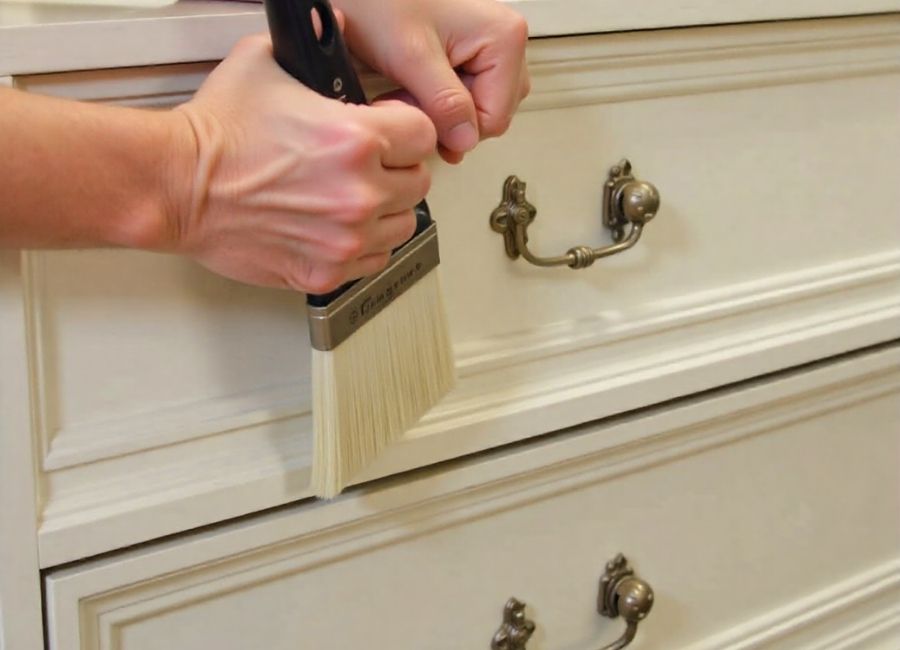If you’re refinishing furniture or protecting painted surfaces, knowing which paints and finishes work together can help you avoid expensive errors. Many people wonder if you can put polyurethane over alkyd paint. The answer isn’t just yes or no; it depends on a few important factors that can affect your results.
This guide covers what you need to know about using these two finishes together, from how to prepare the surface to tips for applying each layer and avoiding common mistakes. By the end, you’ll feel ready to take on your next painting project and get great results.
Understanding Alkyd Paint and Polyurethane
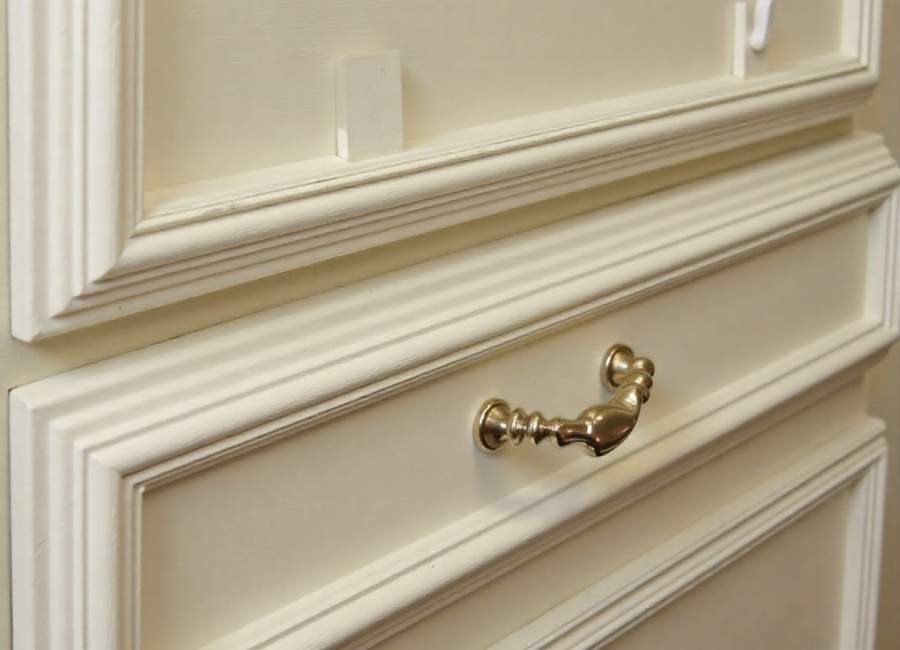
What Is Alkyd Paint?
Alkyd paint is an oil-based paint that uses alkyd resin as its primary binder. This type of paint offers excellent durability, smooth application, and superior adhesion to various surfaces. Alkyd paints are commonly used on trim, doors, cabinets, and other high-traffic areas where a hard, glossy finish is desired.
Key characteristics of alkyd paint include:
- Long drying times (6-8 hours between coats)
- Strong odor during application and curing
- Excellent leveling properties
- High durability and scratch resistance
- Requires mineral spirits or paint thinner for cleanup
What Is Polyurethane?
Polyurethane is a protective topcoat that creates a clear, durable film over painted or stained surfaces. Available in oil-based and water-based formulations, polyurethane provides excellent protection against moisture, scratches, and daily wear. It’s frequently used on hardwood floors, furniture, and other surfaces requiring heavy-duty protection.
Polyurethane comes in various sheens:
- Satin (low luster)
- Semi-gloss (moderate shine)
- Gloss (high shine)
Can You Apply Polyurethane Over Alkyd Paint?
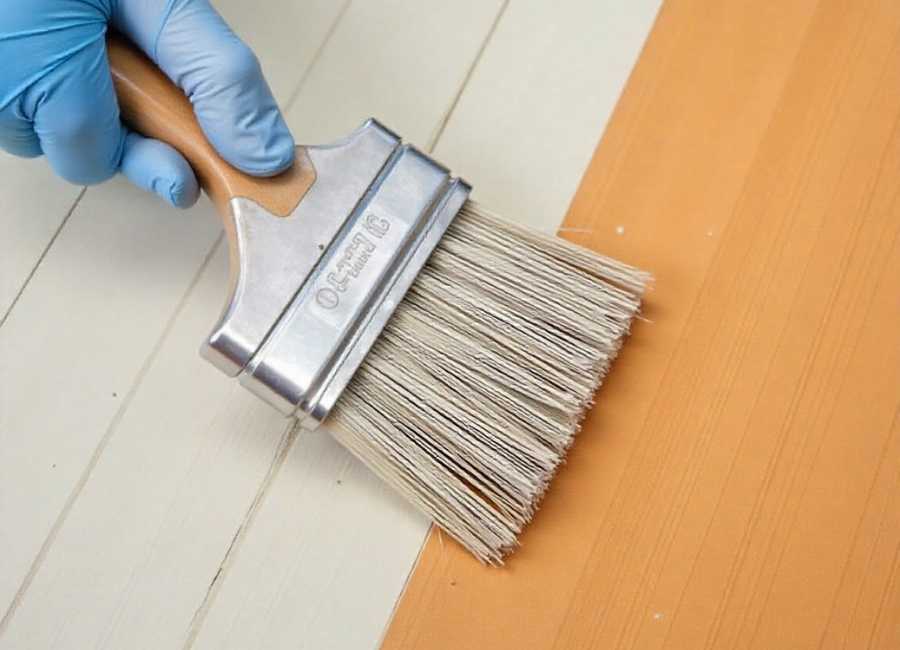
You can put polyurethane over alkyd paint, but it’s important to prepare the surface correctly and use the right technique. Make sure the two layers will stick together well, and give the alkyd paint enough time to fully cure first.
Compatibility Factors
The compatibility between polyurethane and alkyd paint depends on several variables:
Curing Time: Alkyd paint must be fully cured before applying polyurethane. While alkyd paint may feel dry to the touch within hours, complete curing can take up to 30 days. Applying polyurethane too early can result in poor adhesion, wrinkling, or a tacky finish that never fully hardens.
Surface Preparation: The alkyd paint surface must be properly cleaned and lightly sanded to ensure good adhesion. Any contaminants, gloss, or imperfections can prevent the polyurethane from bonding correctly.
Product Selection: Oil-based polyurethane typically adheres better to alkyd paint than water-based versions. However, both can work with proper preparation.
Step-by-Step Application Process
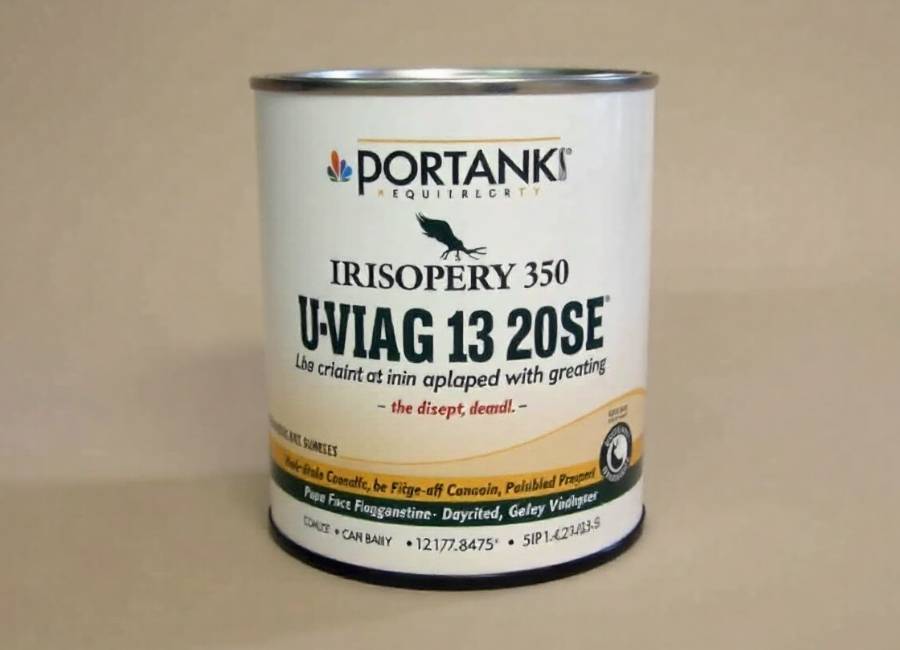
Materials Needed
- Fine-grit sandpaper (220-320 grit)
- Tack cloth or microfiber cloth
- Degreasing cleaner
- High-quality synthetic brush or foam applicator
- Polyurethane (oil-based recommended)
- Drop cloths
- Adequate ventilation
Preparation Steps
Step 1: Allow Full Curing
Wait at least 30 days after painting with alkyd paint before adding polyurethane. To check if it’s ready, press tape firmly on the surface and pull it off quickly. If no paint comes off, you can move on to the next step.
Step 2: Clean the Surface
Remove all dust, dirt, grease, and other contaminants using a degreasing cleaner. Allow the surface to dry completely before proceeding.
Step 3: Light Sanding
Lightly sand the whole surface with 220-320 grit sandpaper. This will make tiny scratches that help the polyurethane stick. Aim for an even texture, not for removing the paint.
Step 4: Remove Dust
Use a tack cloth to remove all sanding dust. Any remaining particles will create bumps in the final finish.
Application Techniques
Apply polyurethane in thin, even coats with long, smooth strokes. If you use too much at once, you might get drips, runs, or an uneven finish.
Work quickly so the edge stays wet as you go, which helps prevent lap marks. Decide how you’ll move across the surface before you begin.
It’s better to use 2 or 3 thin coats instead of one thick one. Lightly sand between coats with 320-grit sandpaper and wipe away any dust before adding the next layer.
Common Problems and Solutions
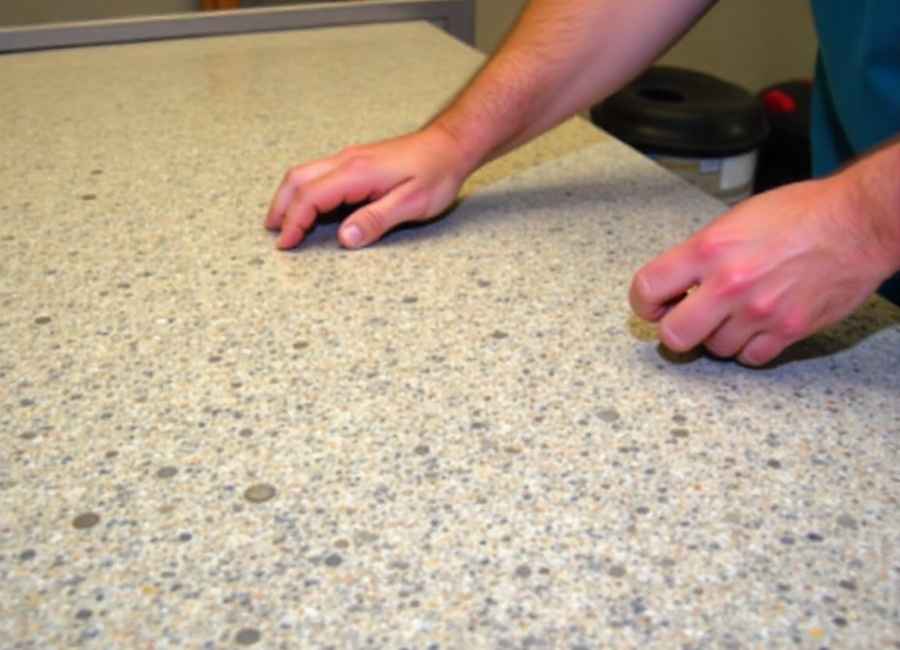
Poor Adhesion
Symptoms: Polyurethane peels, chips, or doesn’t bond properly to the alkyd paint.
Causes: Insufficient curing time, inadequate surface preparation, or contamination.
Solutions: Strip the polyurethane, allow more curing time, and restart with proper preparation.
Wrinkling or Bubbling
Symptoms: The polyurethane surface develops wrinkles, bubbles, or an orange-peel texture.
Causes: Applying polyurethane over incompletely cured alkyd paint, excessive thickness, or poor environmental conditions.
Solutions: Sand smooth and reapply thinner coats after ensuring complete curing.
Slow Drying
Symptoms: Polyurethane remains tacky or takes excessive time to dry.
Causes: High humidity, low temperatures, or chemical incompatibility.
Solutions: Improve ventilation, adjust environmental conditions, or consider switching to a different polyurethane type.
Alternative Options
If polyurethane over alkyd paint proves problematic, consider these alternatives:
Alkyd Varnish: Specially formulated to be compatible with alkyd paints, these products offer similar protection with better adhesion.
Shellac: Acts as an excellent barrier coat between incompatible finishes and can be topped with polyurethane.
Water-Based Acrylic Polyurethane: After proper preparation and priming, water-based options may provide better results in some situations.
Professional Tips for Success
Test First: Always test your chosen combination on an inconspicuous area before coating the entire project.
Environment Matters: Apply finishes in temperatures between 65-75°F with humidity below 50% for best results.
Quality Products: Invest in high-quality polyurethane and application tools for professional results.
Patience Pays: Don’t rush the process. Proper curing time between steps is crucial for long-term durability.
Making the Right Choice for Your Project
To get good results with polyurethane over alkyd paint, pay close attention to timing, preparation, and how you apply each layer. If you rush or skip steps, you might not be happy with the outcome.
Consider your project’s timeline, environmental conditions, and think about your schedule, the conditions where you’ll be working, and what kind of finish you want before choosing this method. In some cases, another finish or extra prep might work better for you. It will reward you with a durable, professional-looking finish that stands up to years of use. When in doubt, consult with paint professionals or test your approach on sample pieces before committing to your final project.







